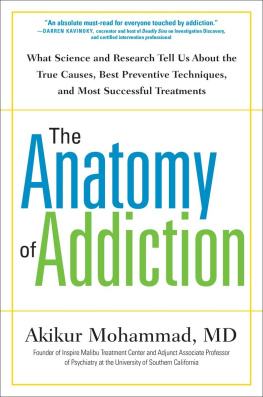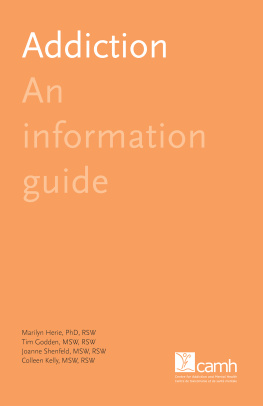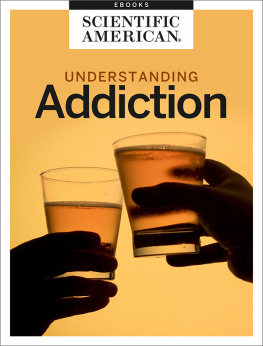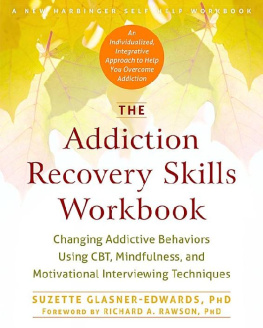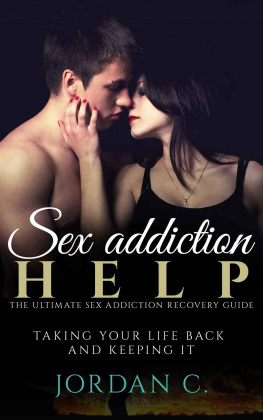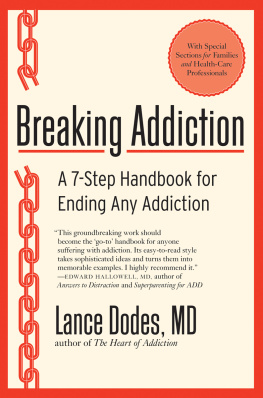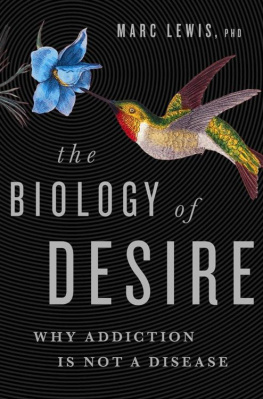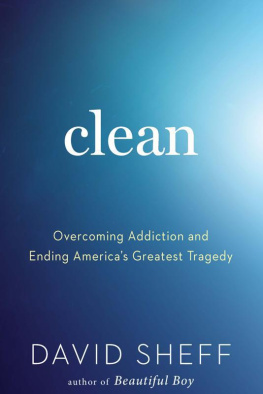Praise for The Anatomy of Addiction
A lucid examination of addiction and treatment from a neurobiological perspective... with particularly engrossing chapters dispelling the ten biggest myths of addiction.
Kirkus Reviews
In The Anatomy of Addiction, Dr. Mohammads look at the current addiction treatment climate is direct, unflinching, and an absolute must-read for everyone touched by addiction. The man is a true pioneer in the field of addiction and one of the few addiction experts to accurately and effectively balance science, medicine, and behavioral health. If you want a new perspective on the world of addiction, read this book.
Darren Kavinoky, co-creator and host of Deadly Sins on Investigation Discovery; founding attorney of 1.800.NoCuffs; Certified Intervention Professional
When I first met Dr. Mohammad, addiction had left me broken and destitute on every level. While I had spent time with countless, self-proclaimed addiction experts, Dr. Mohammad saved and changed my life in a matter of minutes. He was the only treatment professional to let me know that with the help of science, the truth about addiction, and a balanced treatment approach, I could have my life and family back. That was thirteen years ago and Ive never looked back. What Dr. Mohammad shared with me that day is included in his book The Anatomy of Addiction; we are not powerless over addiction and this book tells you exactly why.
JW, a patient of Dr. Akikur Mohammad
This is strong medicine with no spoonful of sugar; for many, it [may be] a bitter pill to swallow. But the book is not meant to inform; it is meant to transform.
Dr. Walter Ling, professor of psychiatry and director of Integrated Substance Abuse Programs (ISAP) at UCLA
Dr. Akikur Mohammad is passionate about the issue of addiction, what it is and what it is not, and how it should and shouldnt be treated. Written for the layperson, this book is a helpful resource for readers struggling with addiction, and their families and friends, as well as anyone who is interested in the global problem of addiction.
George Simpson, MD, professor of psychiatry and the behavioral sciences at Keck School of Medicine at University of Southern Califorinia and former chairman of the department of psychiatry at Keck School of Medicine at University of Southern California

PERIGEE
An imprint of Penguin Random House LLC
375 Hudson Street, New York, New York 10014
Copyright 2016 by Akikur Mohammad, MD
Penguin supports copyright. Copyright fuels creativity, encourages diverse voices, promotes free speech, and creates a vibrant culture. Thank you for buying an authorized edition of this book and for complying with copyright laws by not reproducing, scanning, or distributing any part of it in any form without permission. You are supporting writers and allowing Penguin to continue to publish books for every reader.
eBook ISBN 978-1-101-98303-4
Library of Congress Cataloging-in-Publication Data
Names: Mohammad, Akikur, author.
Title: The anatomy of addiction : what science and research tell us about the
true causes, best preventive techniques, and most successful treatments /
Akikur Mohammad, MD.
Description: First edition. | New York City : Perigee, 2016. | Includes
bibliographical references and index.
Identifiers: LCCN 2015041635 | ISBN 978-1-101-98183-2
Subjects: LCSH: Substance abuseEtiology. | Compulsive behaviorEtiology. |
Substance abuseTreatment. | BISAC: SELF-HELP / Substance Abuse &
Addictions / General. | PSYCHOLOGY / Psychopathology / Addiction.
Classification: LCC RC564 .M634 2016 | DDC 362.29dc23
First edition: February 2016
Neither the publisher nor the author is engaged in rendering professional advice or services to the individual reader. The ideas, procedures, and suggestions contained in this book are not intended as a substitute for consulting with your physician. All matters regarding your health require medical supervision. Neither the author nor the publisher shall be liable or responsible for any loss or damage allegedly arising from any information or suggestion in this book.
While the author has made every effort to provide accurate telephone numbers and Internet addresses at the time of publication, neither the publisher nor the author assumes any responsibility for errors or for changes that occur after publication. Further, the publisher does not have any control over and does not assume any responsibility for author or third-party websites or their content.
Cover design: Eric Fuentecilla
Version_1
This book is dedicated to my mother, who inspired me in every way; to my very supportive sister; and to my loving familymy wife, Irina, and our daughters, Anastasia and Sasha.
C ONTENTS
I NTRODUCTION
The Invisible Epidemic Thats Killing Us
L ast year, the treatment of alcoholism and drug addiction generated a staggering $34 billion in revenues. Rehab clinics dot the country and can be found in virtually every city and town in America. At 14,000 and counting, there are more addiction treatment centers in the United States than there are Starbucks stores.
Yet, the treatment of alcohol and drug addiction is failing miserably. According to the National Survey on Drug Use and Health (NSDUH), an estimated 20 million Americans, or about 8 percent of the population, aged twelve or older used an illegal drug in the past thirty days. In addition, the nonmedical use or abuse of prescription drugsincluding painkillers, sedatives, and stimulantsis growing, with an estimated 48 million people, or about 20 percent of the U.S. population, aged twelve and older using prescription drugs for nonmedical reasons.
To look at it another way, 88,000 deaths were attributable last year to excessive alcohol use alone in the United States. This makes excessive alcohol use the third leading lifestyle-related cause of death for the nation (it surpassed car accidents in 2009 and never looked back). Excessive alcohol use is responsible for 2.5 million years of potential life lost (YPLL) annually, or an average of about 30 YPLL for each death. In 2006, there were more than 1.2 million emergency room visits and 2.7 million physician office visits due to excessive drinking. The economic cost of excessive alcohol consumption in 2012 was estimated at $275 billion.
The problem of addiction is seemingly everywhere, but the disease of addiction still isnt recognized. If addiction were acknowledged by societyits care providers, the policy makers, the courts and judiciary systems, and most of all, the publicas the chronic disease that it clearly is, it would be quickly brought under control.
In a landmark study of addiction in the United States published by National Center on Addiction and Substance Abuse at Columbia University, the authors found that addiction is this nations largest preventable and mostly health problem. They went on to say that the failure to treat addiction with scientifically sound, medically proven methods results in an enormous array of health and social problems, including accidents, homicides, suicides, child neglect, incarceration and sexual assault.

